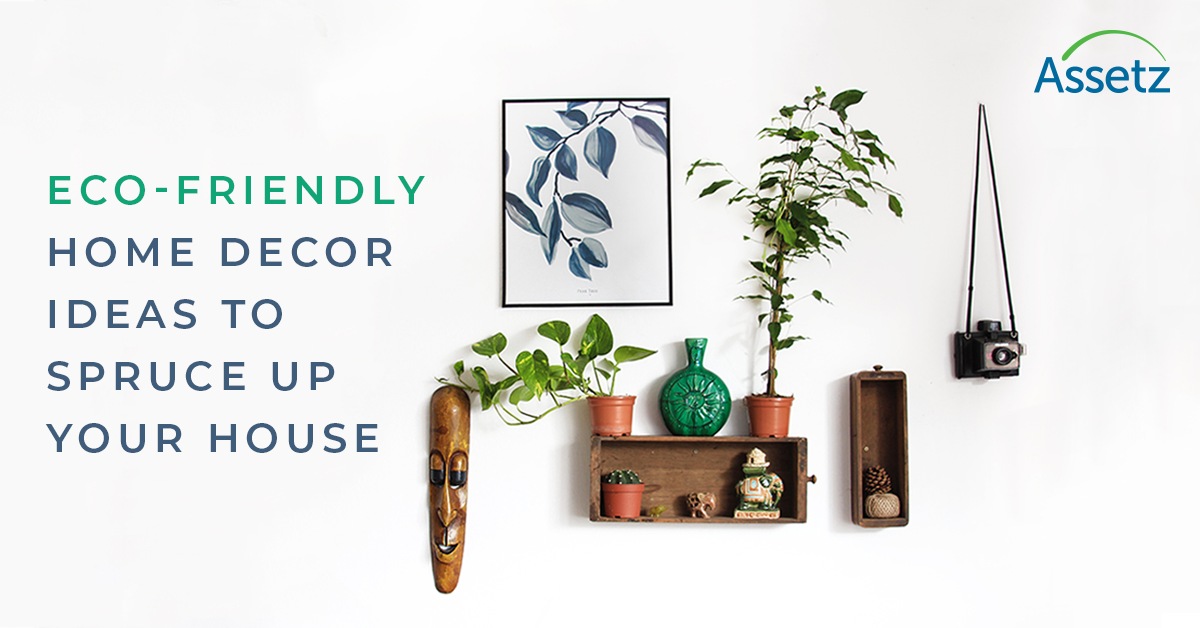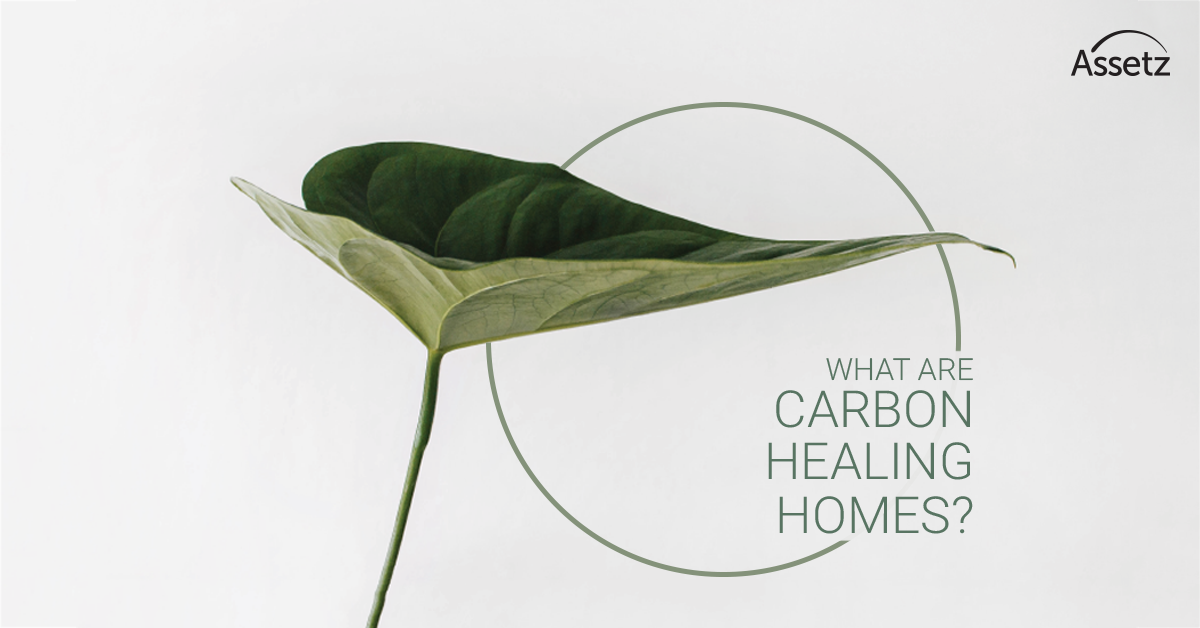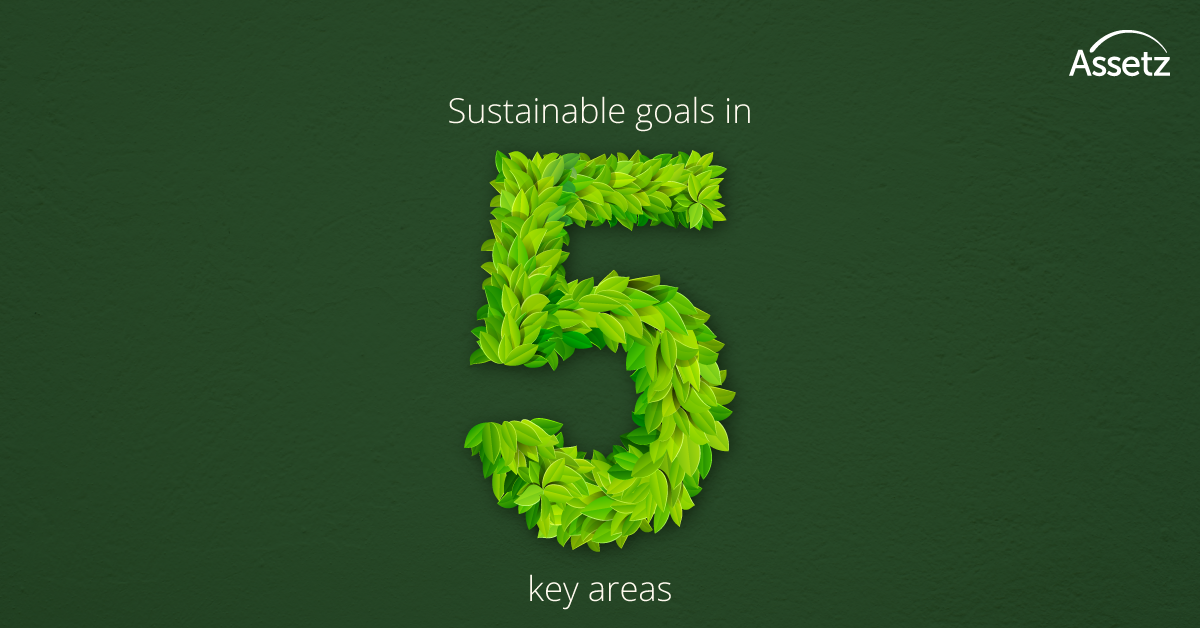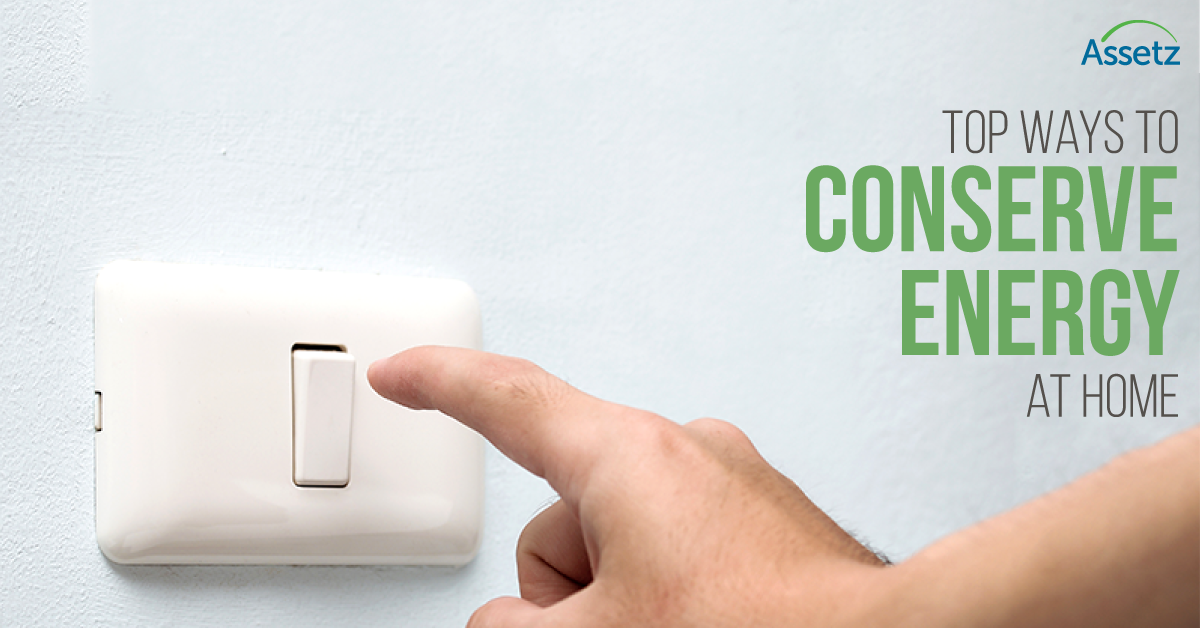Buying a sustainable home, like a carbon healing home, is a game-changer for many families and with good reason. Investing in energy-efficient, sustainable homes have great benefits as they have more value, both in terms of lifestyle, as well as financial gain.
Save on costs
Carbon healing homes are sustainable housing projects that are refined to cater to sustainability as a way of life. This means that energy and water conservation processes are in place, which sets your utility bill a lot lower in the long run. These homes are low maintenance, requiring you to spend less money.
Finer air quality
We don’t realize that decorative rugs, carpeted floors, painted walls, and other such materials release toxins into the air, which we breathe daily. With green spaces everywhere, air quality is a lot better around eco-friendly homes. Not only is fresh, clean air available, but the trees and other green cover absorb various types of toxins and pollutants in the air. This improves the overall quality of life for communities, and even pets and animals.
Luxurious Specifications
Sustainable living can entail luxury in hidden ways. For example, they are well insulated in order to prevent heat from escaping through cracks. Homes that are not insulated well require heaters, making them less energy-efficient. Moreover, windows are double-paned to remove the need for air conditioning. Windows are also a lot larger to permit sunlight into the house, reducing the need for lights as much. Some sustainable housing projects like carbon healing homes come equipped with automated lights, geysers, and devices to reduce power usage. Bathrooms, too, are fitted with tech-enabled fixtures that prevent water wastage.
Better lifestyle
The modern architecture of the buildings take into account spacing and designs to promote sustainability as well. With plenty of natural lighting, sprawling lawns and parks, natural temperature regulation, and even efficient, space-saving floor plans, living in a carbon healing home is a lifestyle upgrade. Homes are designed to be calming and soothing to get away from the hustle of city life.
Healthier relationships
Sustainable homes are rarely built in isolation. In order to make an environmental impact, they are centred and built around communities, so as to share resources and reap the benefits of energy-conserving technologies together. Spacious parks, clubhouses, community centres, and numerous housing units all facilitate healthier relationships between families and neighbours. The open spaces give a great deal of freedom for outdoor activities, physical exercise, recreational activities and more.
Make an environmental impact
Living in a carbon healing home reduces your carbon footprint significantly. And since it is a form of community living, carbon healing homes enable environmentally conscious lifestyles for several residents and the individuals of every family. From waste segregation and water conservation to an increased number of trees and gardens, carbon healing homes consider sustainability from every angle and implement them accordingly. With so many people living more sustainable lives, the carbon footprint of an entire residential area reduces, having a much larger environmental impact than what is perceived.
With the climate emergency that is currently ongoing, it is more important than ever that we take the necessary steps to do what we can. If you’re looking for sustainable housing projects, take a look at Assetz Property Group’s new line of carbon healing homes that fuse sustainability with luxury.








